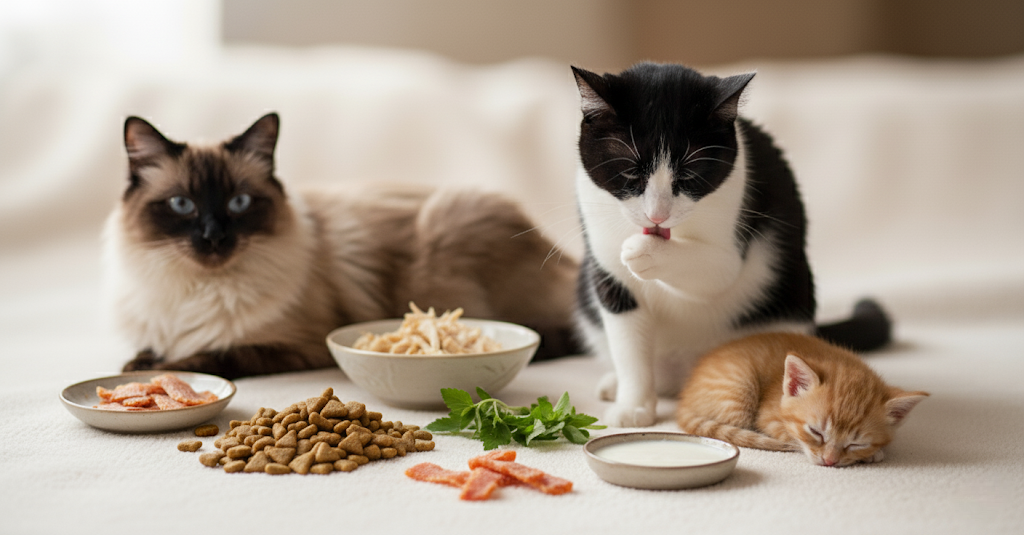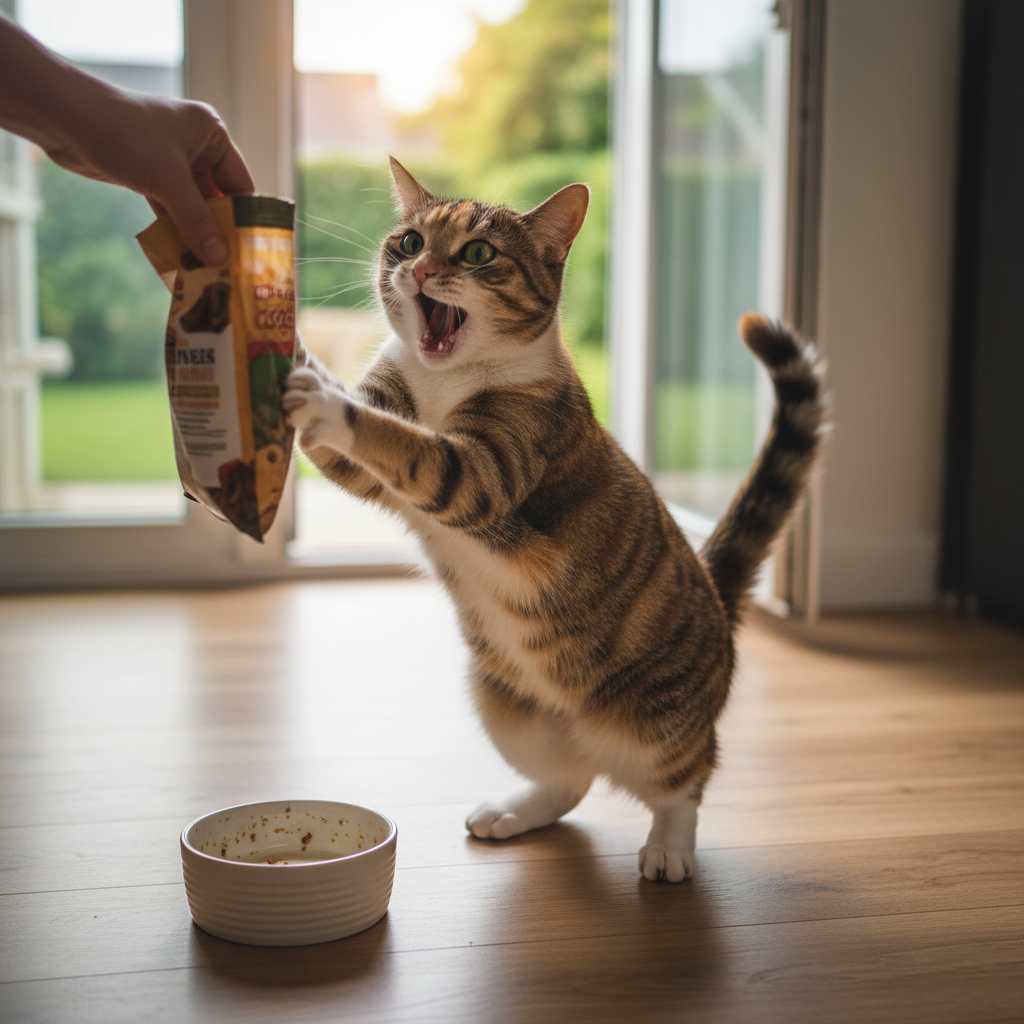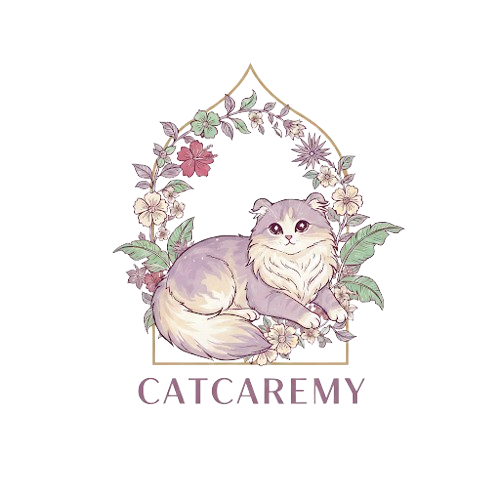
Wondering when to stop kitten food? Learn the right age, how to switch from kitten to cat food, and vet-approved tips to avoid digestive upset. A complete cat food transition guide for healthy adult nutrition.
Why Switching Matters
Kitten diets are designed for growth, not maintenance. They contain:
- High protein for muscle and organ development.
- More fat and calories to fuel endless playtime.
- Extra minerals such as calcium and phosphorus for bone strength.
Adult cat nutrition, on the other hand, is balanced for long-term health. It focuses on maintaining lean muscle, supporting the immune system, and preventing obesity. Leaving a cat on kitten food beyond the right age means unnecessary calories and a higher risk of health issues later.
When to Stop Kitten Food
Most cats are ready for adult diets at 12 months of age. There are a few exceptions:
- Large breeds such as Maine Coons may benefit from kitten food up to 18–24 months.
- Spayed or neutered cats often need the change earlier due to reduced energy needs.
- Underweight rescues or late developers may also require extra time on growth formulas.
👉 As a rule, plan the switch around the first birthday unless your veterinarian recommends otherwise.
How to Transition Cats to Adult Food

Cats dislike sudden changes. A gradual switch avoids stomach upset:
| Day | Old Food | New Food |
|---|---|---|
| 1–2 | 75% | 25% |
| 3–4 | 50% | 50% |
| 5–6 | 25% | 75% |
| 7 | 0% | 100% |
Tips for a Smooth Cat Food Transition
- Mix wet and dry formulas to boost palatability and hydration.
- Track stool quality, appetite, and energy levels daily.
- Stick to scheduled feeding times to prevent overeating.
- Adjust portion sizes—adult formulas usually require smaller servings than kitten diets.
Common Mistakes to Avoid
- Switching diets too early → missing growth nutrients.
- Keeping kitten food too long → obesity and excess calories.
- Sudden changes → diarrhea, vomiting, or refusal to eat.
- Free-feeding adult food → overeating and weight gain.
Real-Life Examples
When I transitioned my own kitten, she resisted the new food for several days. Mixing a teaspoon of her favorite wet kitten formula into the adult diet helped her accept it. Within a week, she adjusted with no stomach issues. Another cat owner I know had the opposite problem—their kitten loved adult food immediately but gained weight quickly. Careful portion control solved it. These cases show that patience and observation are just as important as following a plan.
FAQ on Cat Food Transition
Q: What if my cat refuses adult food?
Try mixing it with a small amount of the old diet or adding warm water to release aroma.
Q: Should I switch wet and dry food at the same time?
Yes, but keep the transition gradual. Cats often accept wet food first because of stronger scent.
Q: Do indoor cats need different diets after one year?
Indoor cats are less active, so controlling calories becomes even more important once they switch.
Q: Can adult cats eat kitten food occasionally?
Yes, but feeding growth diets long-term can cause obesity and nutrient imbalance.
Final Thoughts
The kitten to cat food transition is about timing, balance, and patience. For most cats, the change happens at 12 months, with some needing earlier or later adjustments. By introducing adult cat nutrition slowly, monitoring their response, and avoiding common mistakes, you’ll ensure a smooth and healthy diet change.
For detailed nutrition advice, see [Feeding Your Cat].
Explore our stage-based feeding guide at [Internal Link 1].
Learn how to balance wet and dry food at [Internal Link 2].

[…] 👉 When the time comes, read: [When & How to Switch from Kitten to Cat Food]. […]
[…] Curious about other cat nutrition topics? Check out [Kitten to Cat Food] for a guide on kitten diets and [New Cat Owners] for raw food feeding […]